Rezak and Sidner Banks
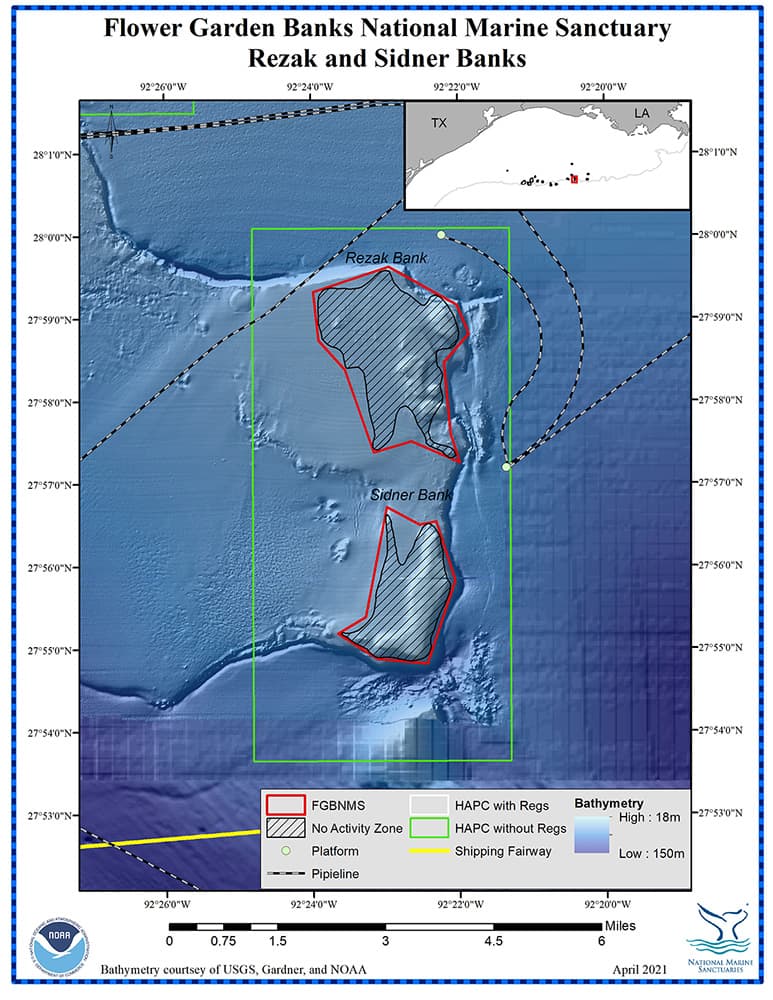
Rezak Bank
Rezak Depth Range: 197-430 feet (60-131 meters)
Rezak Distance from Land: 108 miles (174 km)
Rezak Area: 3.7 square miles (9.6 sq km)
Rezak Bank is on the southern side of a feature that includes Bouma and Sidner Banks. It was named after Richard Rezak, a Texas A&M University oceanographer.
Rezak Bank is part of a Habitat Area of Particular Concern (HAPC) that also includes Sidner Bank.
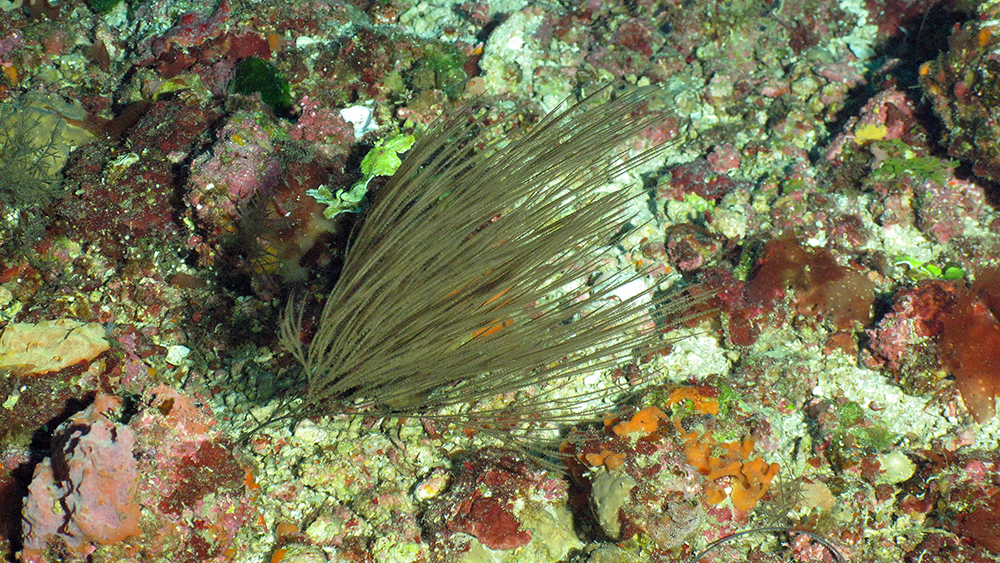
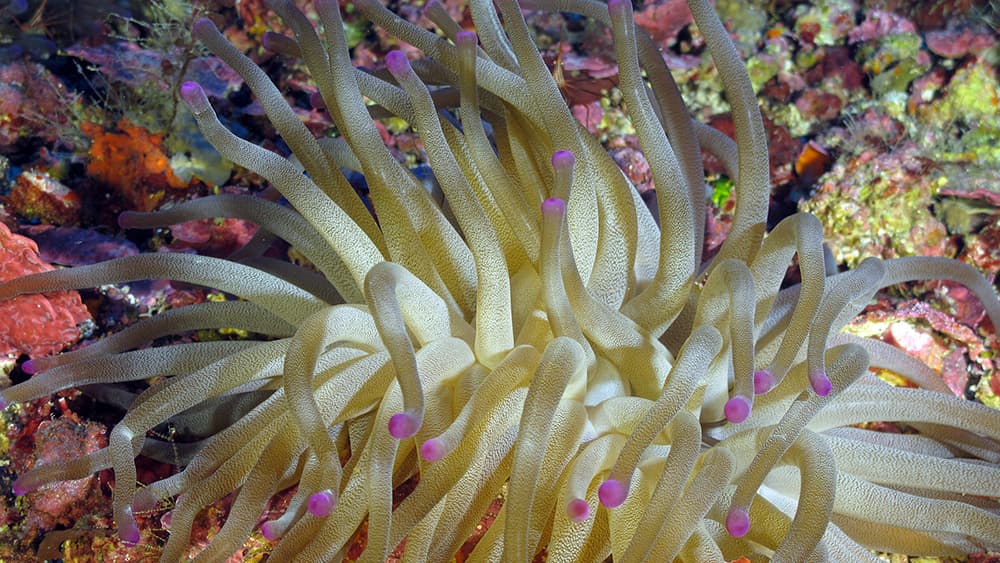
Who Was Richard Rezak?
Richard Rezak (1920-2006) was a Texas A&M marine geologist, who studied the Flower Garden Banks and surrounding areas throughout the 1970s and 1980s as part of the Bureau of Land Management Topographic Features Study. From 1968 to 1974, he and Tom Bright led a series of expeditions for this study, along with fellow scientist David McGrail.
Rezak co-authored Reefs and Banks of the Northwestern Gulf of Mexico, the original authoritative work on this region, with Bright and McGrail.
Sidner Bank
Sidner Depth Range: 190-417 feet (58-127 meters)
Sidner Distance from Land: 111 miles (179 km)
Sidner Area: 2.0 square miles (5.2 sq km)
Sidner Bank is on the southern side of a feature that includes Bouma and Rezak Banks. It was named after Bruce Sidner, a Texas A&M University geologist. Sidner Bank is part of a Habitat Area of Particular Concern (HAPC) that also includes Rezak Bank.
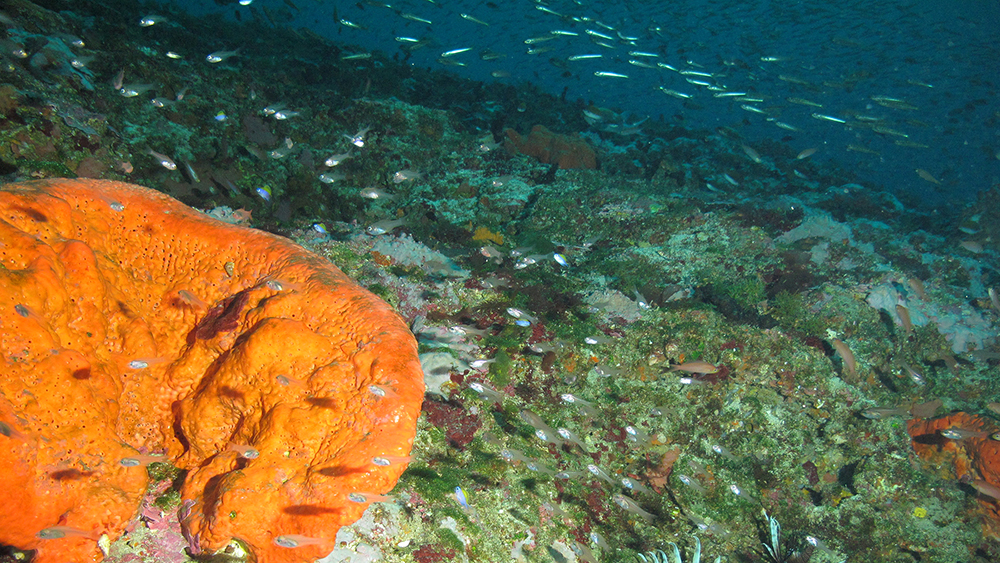
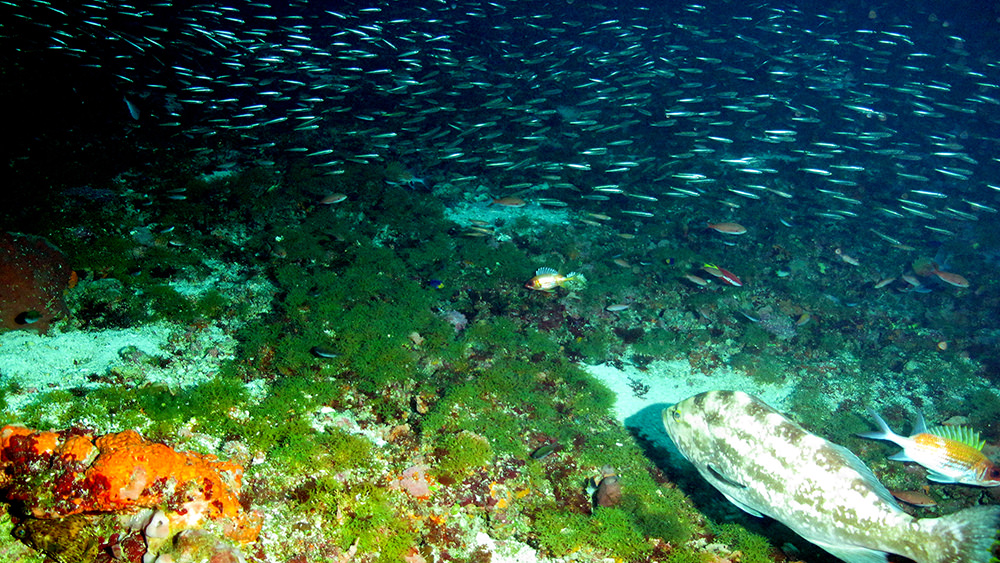
Who Is Bruce Sidner?
Bruce R. Sidner earned his Master's and PhD in geological oceanography from Texas A&M University while studying the geologic history of the outer continental shelf of the northwestern Gulf. This included specific analysis of foraminifera at West Flower Garden Bank to understand historic changes in sea level.

